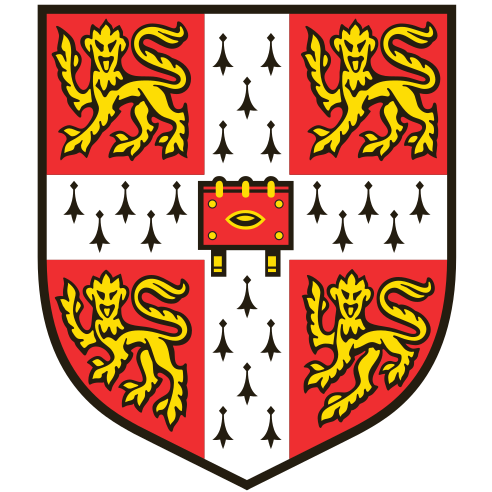Vertical transport and mixing driven by symmetric instability in strong ocean fronts
Abstract
Fronts with large horizontal density gradients and O(1) Rossby numbers are common in the upper ocean. Such fronts develop through a variety of mechanisms including by mesoscale eddy strains, coastal upwelling, or the input of freshwater via river discharge. These fronts may be unstable to symmetric instability — a form of convective-inertial instability which occurs when the potential vorticity is of opposite sign to the Coriolis param- eter. Symmetric instability is characterised by growing slantwise convection cells aligned with isopycnals and which encourage vertical transport of important biogeochemical tracers in addition to geostrophic momentum. We previously found that this momentum transport destabilises the balanced thermal wind and can prompt geostrophic adjustment which often leaves remnant inertial oscillations (Wienkers et al., 2021a,b).
Here we consider the equilibration of an initially balanced but symmetrically unstable front and explore the parameter space of front strength and Rossby number using theory & nonlinear numerical simulations. While fronts with Ro > 2.6 collapse to a self-similar profile dependent only on the deformation radius, we find that for small enough Ro ∼ 1, self-similar frontlets form during equilibration. These frontlets increase the energy of the equilibrated state and can interact with the near-surface currents to further enhance mixing. We finally propose a scaling model for the incurred diabatic mixing and to describe the ultimate state of the front compared to the classical (i.e. inviscid, adiabatic, & 0-PV) adjustment theory of Ou (1984).
